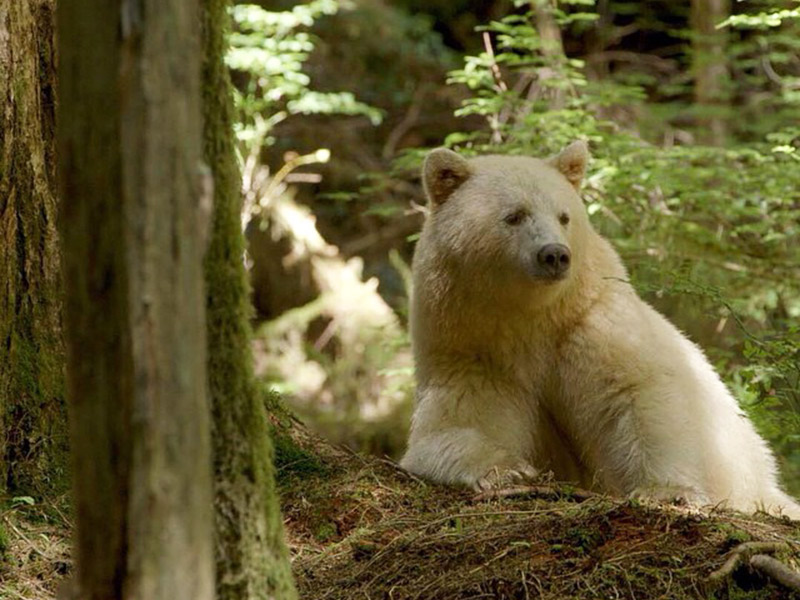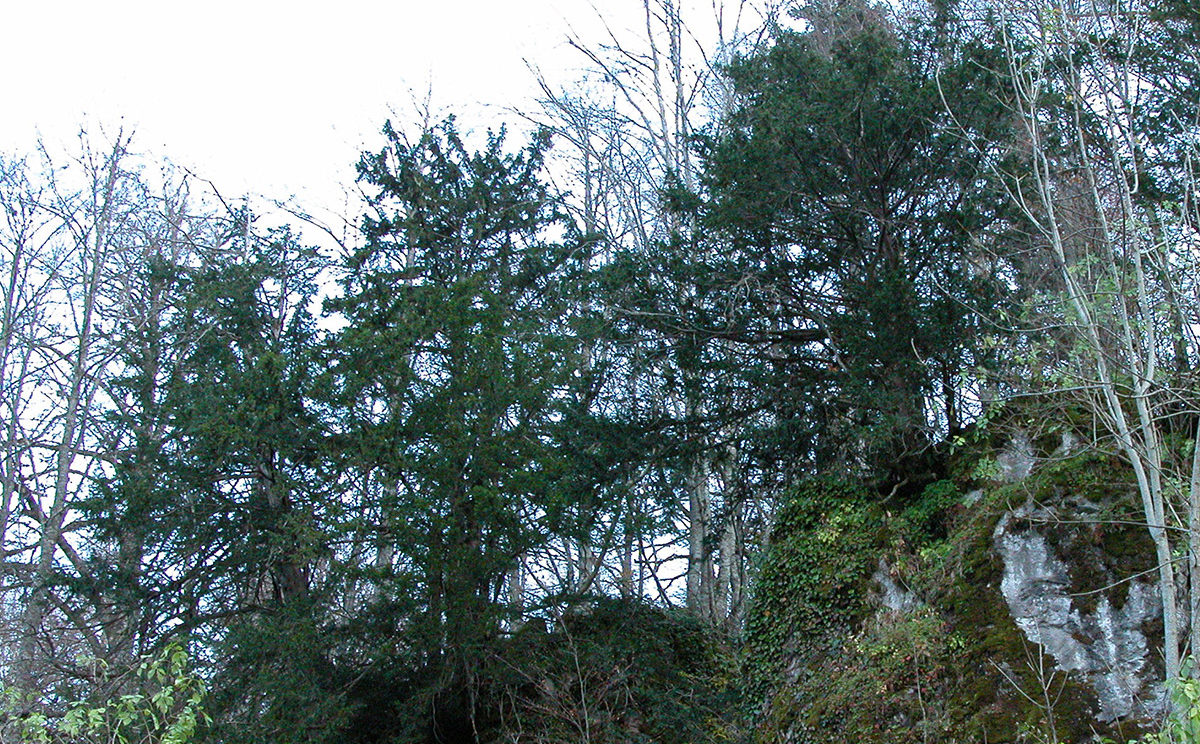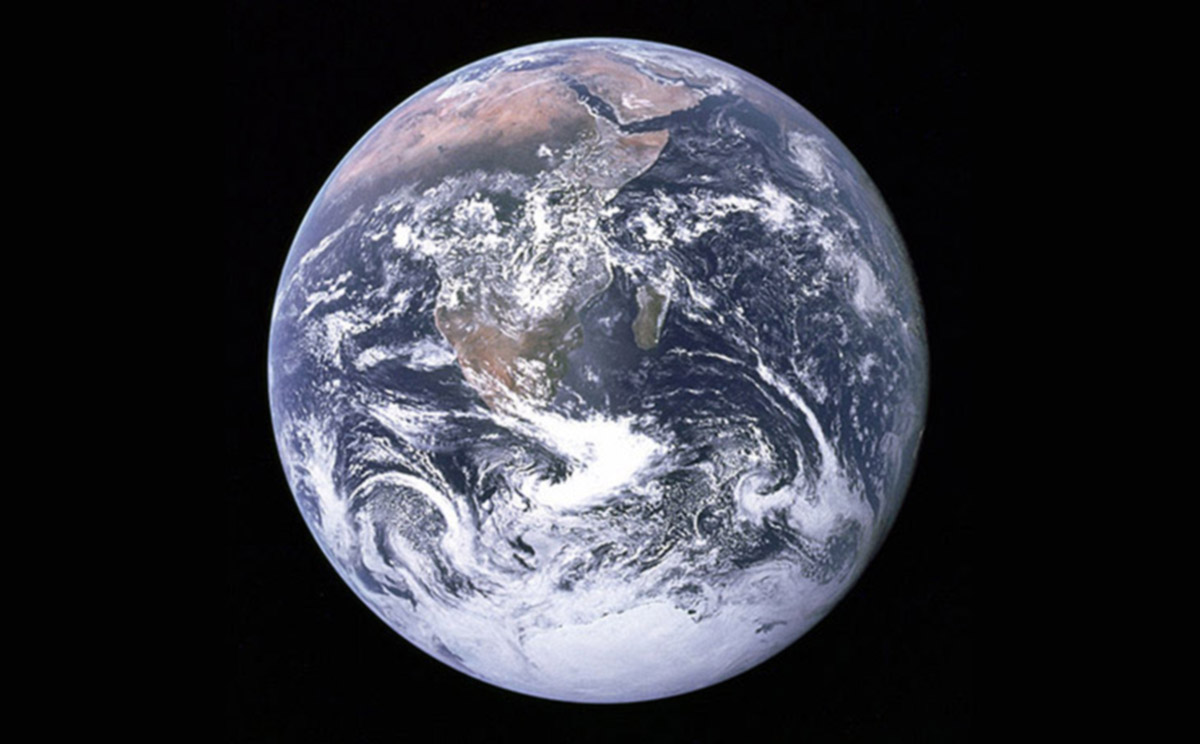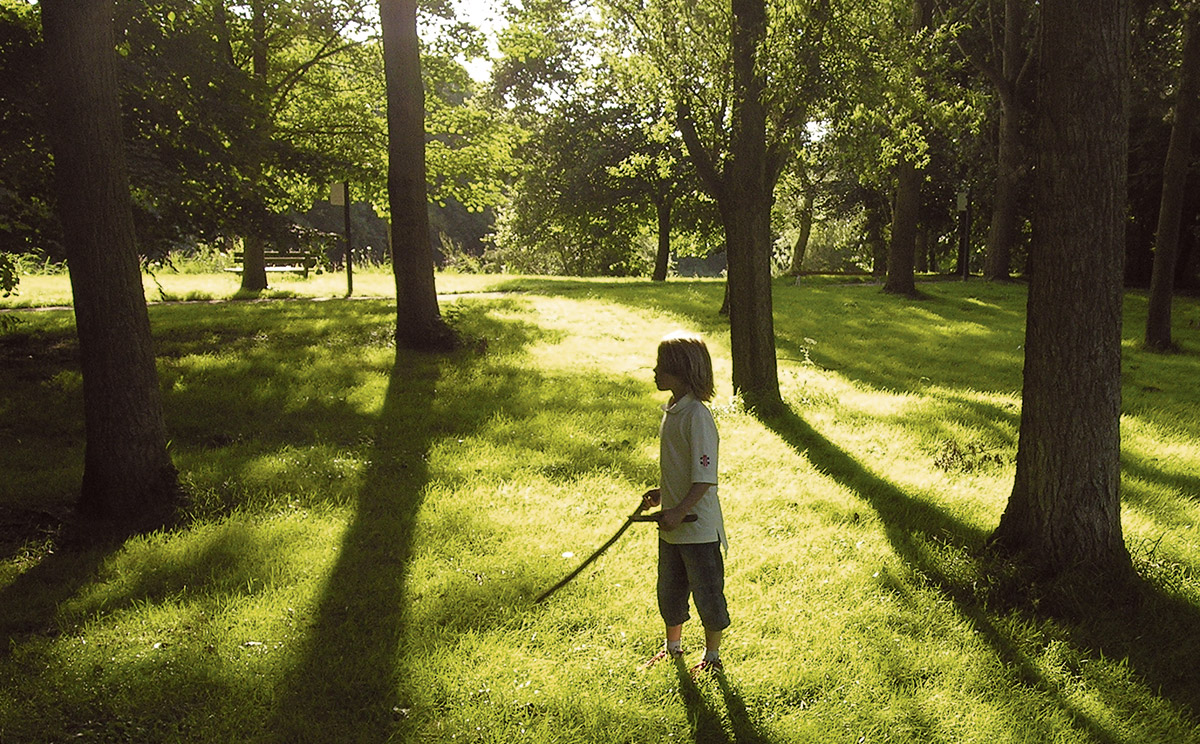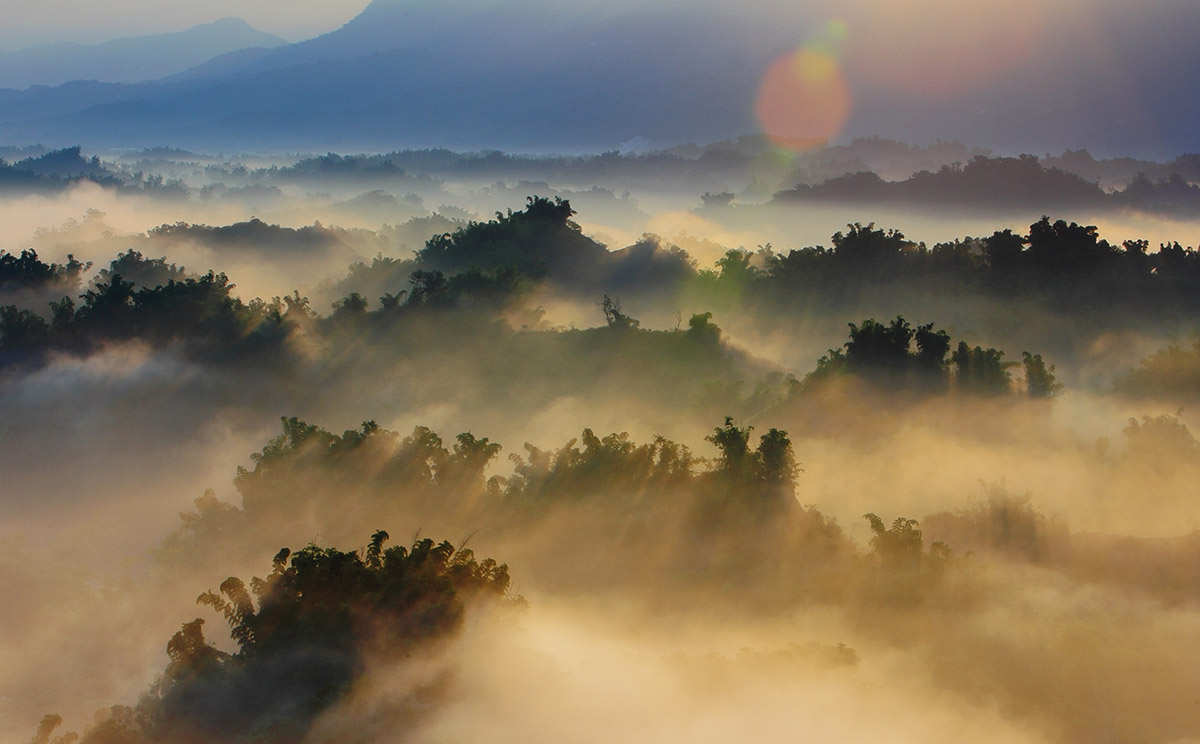The Great Bear Rainforest is safe
March 2016
The Great Bear Rainforest is a temperate rainforest on the Pacific coast of British Columbia, Canada, and comprises 6.4 million hectares (15.8 million acres). It is part of the Pacific temperate rainforest ecoregion, which is the largest coastal temperate rainforest in the world.
The Great Bear Rainforest is one of the world’s largest remaining tracts of unspoiled temperate rainforest, and home to species such as black bear, bald eagle, cougars, wolves, salmon, grizzly bears, and the Kermode bear, the unique (about one in ten cubs has the genetic variation) white-furred black bear known as the Spirit Bear.
The forest is also the home of ancient western red cedar and Sitka spruce trees and their rich ecosystem.
The fight for the protection of the Great Bear Rainforest has its roots in the large scale campaign to protect the Clayoquot Sound region of Vancouver Island (see tree news June 2009). Techniques used at Clayoquot Sound were further developed and some additional new approaches adopted, such as international marketing campaigns, improved mapping technologies, and large-scale holistic ecosystem-based management models.
A first victory was achieved in 2006 when the BC government and a spectrum of conservationists, loggers, hunters, and First Nations agreed to protect 18,000 square kilometres (6,900 sq mi), and an additional 46,900 sq km (18,100 sq mi) to be run under a sustainable forest management plan. The Great Bear Rainforest Agreement banned logging in 33% of the old-growth forest, and included four key elements:
• rainforest protection,
• improved (sustainable) logging practices,
• the involvement of First Nations in decision making, and
• conservation financing to enable economic diversification.
In 2007 a total funding of $120 million was pledged between the Canadian government, the British Columbia provincial government, as well as private donations.
The Great Bear Rainforest (Forest Management) Act was enacted by the Canadian government on March 1, 2016. It protects 85% of the forested area and 70% of the old-growth forests from logging. The remaining 15% would still be subject to logging, but under tight conditions.
The agreement also recognizes indigenous rights to shared decision-making, and provides a greater economic share of the remaining timber rights to 26 First Nations in the region.
The last threat was the Northern Gateway Pipelines project, which would have brought crude oil tanker traffic to the region. Upon taking office in 2015, new Prime Minister of Canada Justin Trudeau imposed a ban on oil tanker traffic on the North Coast of British Columbia, and on 29 November 2016 officially rejected the plans for the pipeline.
Official website of the Great Bear Rainforest

sources
1 Justine Hunter. Final agreement reached to protect B.C.’s Great Bear Rainforest. The Globe and Mail, February 1, 2016, updated June 5, 2017.
2 Fiona Morrow. Great Bear Rainforest agreement creates ‘a gift to the world’. CBC News, Feb 01, 2016.
3 Justine Hunter, Carrie Tait. Why Northern Gateway is probably dead. December 4, 2015, updated November 12, 2017.
4 Riesiger Erfolg für internationalen Waldschutz. Spiegel online, 02.02.2016.
